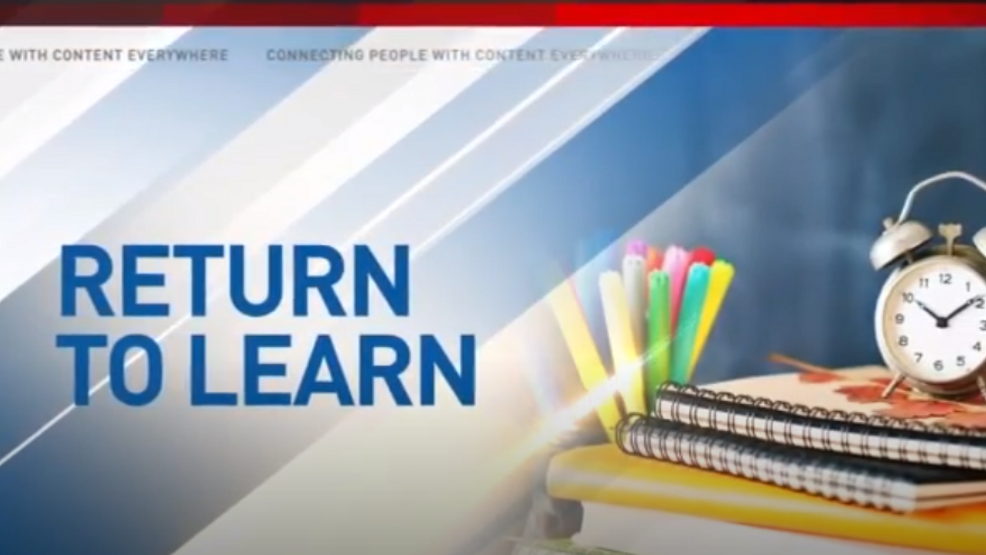For parents, teachers and students alike, school–like every other aspect of our lives—will never be the same. With little more than one month to go, school districts must develop and implement a tenable and equitable curriculum, whether in-person, 100% online, or a hybrid education model. Flexibility must rule the day. Due to the recent surge in COVID-19 cases, we must also prepare for the very real possibility that students may not return to their classrooms this fall.
At some point in the future, schools will re-open and when they do, we need to be prepared.
The school re-opening decision hinges on the answer to a single question: To what extent do children contribute to the transmission of SARS-CoV-2, the strain we know as coronavirus? Unlike influenza, emerging data suggests children are not significant spreaders of COVID-19.
But what is the right decision for families with school-aged children?
In a previous column, I suggested prioritizing school re-opening after seeing a number of cases where parents tested positive for COVID-19, yet their children—even when symptomatic—tested negative. These children had SARS-CoV-2 infection, but likely tested “negative” due to having fewer viral particles in their noses, which made them less likely to transmit the infection to others.
Now science is validating what is being experienced on the front-line. Children account for less than 2% of the cases in the country. In fact, most pediatric cases occur inside household or family clusters. To date, there has been no documented child-to-child or child-to-adult transmission of COVID-19 infection. In addition, studies have confirmed children under the age of 10 have considerably fewer ACE-2 receptors in their nasal mucosa, supporting the notion, scientifically, that children are not drivers of community spread.
A study conducted in China on 68 children who were admitted to Qingdao Women’s and Children’s Hospital with confirmed COVID-19 infection, found that 96% of these children were household contacts of previously-infected adults. More recently, the prestigious medical journal Pediatrics corroborated these findings. In nearly 80% of cases where children tested positive for disease, an adult family member had either suspected or confirmed COVID-19 prior to the child developing symptoms. In only 3/39 cases, or 8%, the child had symptoms before the adult family member.
A growing body of evidence supports the notion that school re-opening can be safe. Over the last two months, more than 27 countries have opened their schools and had minimal (<1%) spread between students and staff. A study in New South Wales, Australia, completed contact tracing on 9 students and 9 staff members with confirmed SARS-CoV-2. Those 18 people had close contact with 728 students and 128 staff across 15 schools. Only 2 secondary infections were identified: one primary school student was likely infected by a staff member and one high school student was “potentially” infected by 2 peers with disease.
If transmission of COVID-19 is primarily adult-to-child, what does this mean for teachers?
In reality, administrators and teachers should minimize interaction with each other as they are more likely to transmit infection to their students than the other way around. When feasible, teachers should enter classrooms from the outside, remain inside their own classrooms, and interact only with their students. At the same time, teachers should make every effort to wash their hands and wear face masks.
After reviewing the data, the American Academy of Pediatrics released specific recommendations about re-opening schools safely, including, wearing face masks, “cohorting” classes, and spacing desks 3-6 feet apart. The report emphasized the need for flexibility, including condensing educational time to 3 hours per day.
The Bainbridge Island School District is one example where the day will be shortened, with half of the children attending in the morning and the other half starting after lunch and finishing up by early afternoon. For middle school and high school-aged students, transmission risk is lower than that of adults, but higher than that of young children, therefore incorporating more online modules or having teachers rotate classrooms rather than the students may need to be considered.
The COVID-19 pandemic has forever changed the face of education in America; however, we must minimize the profoundly adverse social, developmental, and health costs to our children. Research shows by implementing new protocols, schools can be re-opened safely and effectively. Wearing face masks is a 2020 essential life skill while the days of field trips, school assemblies, and having 15 children work on art projects using three bottles of Elmer’s glue are long gone. But what other choice do we have? Sacrificing the lives and education of our vulnerable children is not an option.
The bottom line: We should remain flexible and rely on science. And we will need to figure it out together, one day, one student, one school, and one community at a time.
